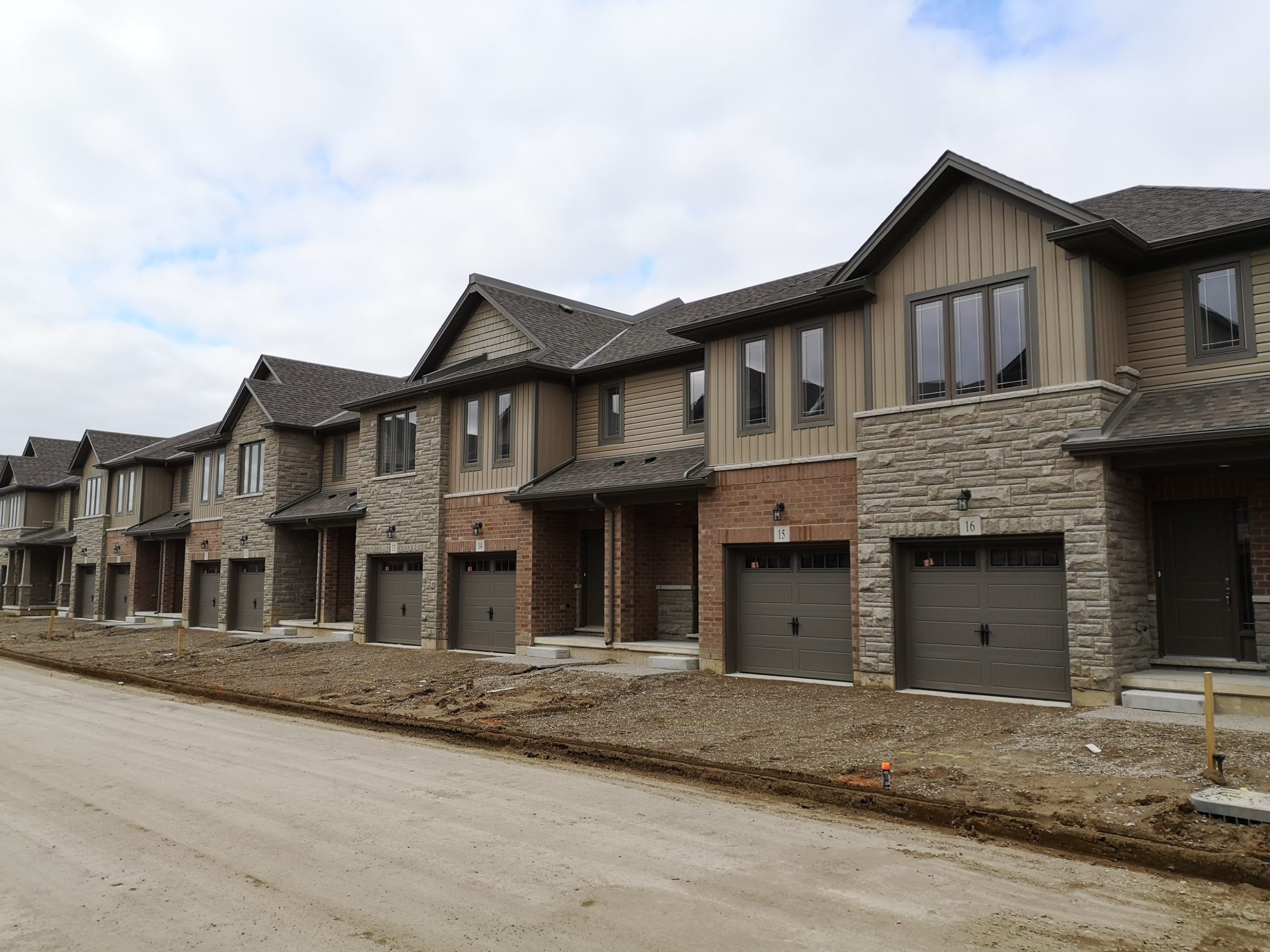As seen in the November 2019 article by Howard Bogach, President and CEO of Tarion Warranty Corporation, in CondoLife Magazine.
“When you can live in, but not own, your new condo”
What you should know about interim occupancy fees, title transfer, and your warranty
When you buy a pre-construction condominium [may be a condominium apartment or townhome], you’re prepared for the fact that it will be months – or even up to three years – before you can expect to move in. But what you may not realize is that once your condo unit is built, it still may not be officially yours. In fact, you may have to pay a monthly fee to the builder until the time that the title of your unit can be transferred to you.
“Interim occupancy” is the period between when you can move into your condo and when you officially own it. The move-in date is set by your builder, with permission by your local municipality, once your unit is declared fit for occupancy. This is the point at which your interim occupancy period begins and it will typically last between two to three months. It could, however, stretch much longer, especially if your unit is on a lower floor of a high-rise and the upper floors still have to be finished.
During interim occupancy, you have to pay a monthly fee, as determined by the Condominium Act, that covers three things: The interest on the unpaid balance of the purchase price of your condominium unit; municipal taxes estimated for your unit; and common expenses to keep the building running. While you are paying this interim occupancy fee, you won’t be making mortgage payments. Those will start once you have official ownership of your unit, and at that point you will no longer have to pay the interim occupancy fee.
So, the reality is that you might be living in what could feel like a construction zone as the rest of the units and the common elements (lobby, lounge, pool) are completed. Once they are, the project will be registered with the municipality and the individual units will be transferred to the owners. This is when the builder will set your final closing date – when you take full ownership.
What’s important to know is that your new home warranty actually begins as soon as you are granted occupancy of your unit. However, the warranty on amenities or common elements that you’re eagerly waiting to be finished doesn’t begin until the condominium corporation is registered.
To figure out what’s covered by which warranty, you need to start by determining the boundaries of your own unit. You can find this information in the Disclosure document that is attached to your purchase agreement or the registered Declaration and Description filed once the condominium corporation has been registered. This will tell you the unit and common element boundaries and responsibilities for repair and maintenance.
For issues with parts of your unit, it is your responsibility to submit the appropriate warranty form to Tarion. So even if you don’t legally own your unit yet, you should be aware of the warranty form submission deadlines and make sure you submit on time. If you notice defects in the common elements, these should be reported to your condominium corporation representative (sometimes this is the property manager) for them to report to Tarion within their warranty timelines.
Your journey to condo ownership is finally complete on final closing. This is when the completed building is registered and you pay the balance remaining on your final purchase price in addition to any adjustments. When you do, you will receive the title to your new home, your mortgage will be registered on your title and your interim occupancy agreement will end. At this point, your condo is all yours.
While interim occupancy might feel like an exercise in delayed gratification, the final result – a new condo to call your own – should be worth the wait.
Howard Bogach is president and CEO of Tarion Warranty Corporation, a private corporation established to protect the rights of new homebuyers and to regulate new home builders. tarion.com






